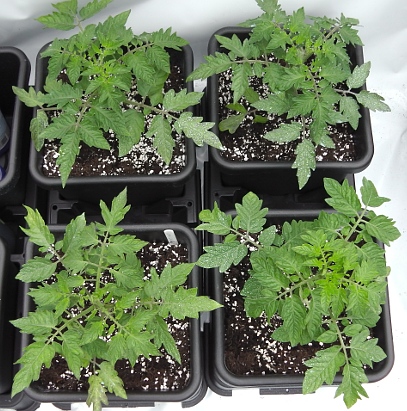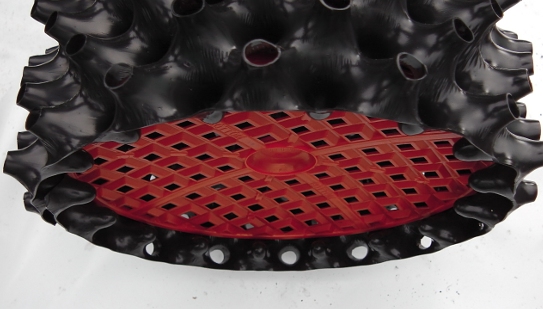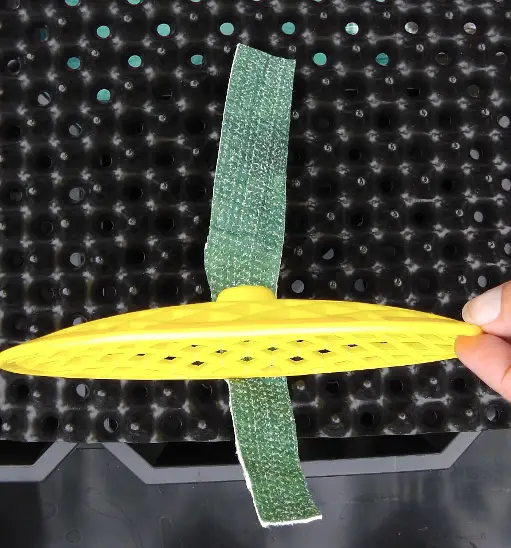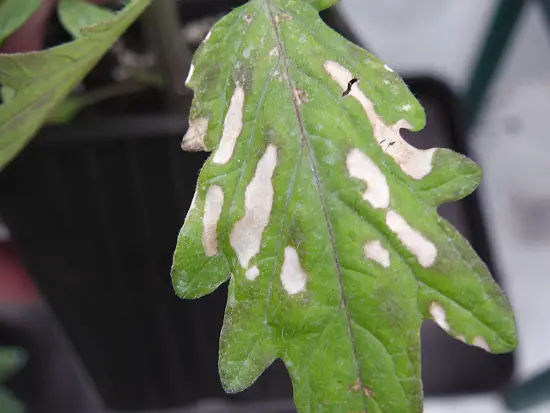Forcing Tomato Plants or non-forcing
British – potting-on using a series of pot sizes and planting in final position when plants begin to flower.
The reason for this is to bring plants to maturity sooner in our short seasons and usually poor summers.
American – stick ’em in the ground (or container) after the last frost when they reach about 6 to 8 inches.
In countries with longer growing seasons, there isn’t as much need to force plants because the plants will mature before the cold weather arrives.
Potting-on using a series of pots, gradually bigger as plants grow, has been my preferred method for many seasons.
The reason is that in the UK, if plants don’t “get a move on” with some gentle persuasion (aka forcing), it’s likely to be green chutney again at the end of the season – especially if we don’t get a sunny summer – I don’t even want to think about last season!
This method of reminding plants that they are in small pots and have limited resources by allowing their roots to reach the bottom and sides, does encourage tomato plants to mature earlier.
It also has other advantages such as saving on space – making it easier to keep more plants indoors until after the last frost.
But does gentle persuasion by what is known as “forcing” make make enough difference to justify all the extra work of potting on? How much sooner do plants mature and does forcing affect the amount of tomatoes produced and size of the fruit?
To find out, I’ve put a Moneymaker, Alicante, Gardener’s Delight and Black Cherry in their final pots at around 8 inches tall before flowering, and I’ve kept a second plant of each variety in a smaller pot.

The plants in the smaller pots will only be potted on when their roots are desperate to get out and I’ll compare the final results at the end of the season.
Air pot wick – watering from below
There’s no doubt about it, air pots have advantages over conventional pots for planting tomatoes in their final position.
A problem arises if you want to water from below as the base is higher than the pot sides (see photo).

However, it’s possible to water from below if you attach a wick made from capillary matting.
To do this, trap the wick between the base and the pot side when you assemble the pot. You can then stand it in a tray and water from below.

Sterilising Pots
A quick way to sterilise pots – Dettol disinfectant spray
One of the most boring jobs, for me at least, is cleaning pots from last season. One of the biggest dangers is fungal spores and other infections surviving from last season and affecting this season’s plants.
A good method is, after removing old soil and giving a quick clean, is spraying with Dettol disinfectant then rinsing with water – it’s quick and easy.
Of course you can use Jeyes fluid but it’s very strong, smelly and a bit expensive. A 10% solution of bleach will also do the job.
Tomato Problems
Owing to the amount of emails I receive these days, it’s not possible for me to answer them all, so here are two very good links to help solve problems.
http://aggie-horticulture.tamu.edu/vegetable/tomato-problem-solver/
http://vegetablemdonline.ppath.cornell.edu/DiagnosticKeys/TomKey.html
Most problems at this time of the season are caused by low temperatures and damp conditions (high humidity).
Also, if your plants look unwell, they probably have two or three different conditions – as soon as their immune systems are lowered, they get attacked by a number of fungal diseases at the same time!

Prevention is always better than cure.
If you are growing in a greenhouse or polytunnel, open the door/windows/shutters and get the air flowing first thing each morning.
Remember that plants cannot be left outside overnight until all danger of frost has past.
That’s it for another newsletter … the weeks are flying by!
Regards,
Nick
